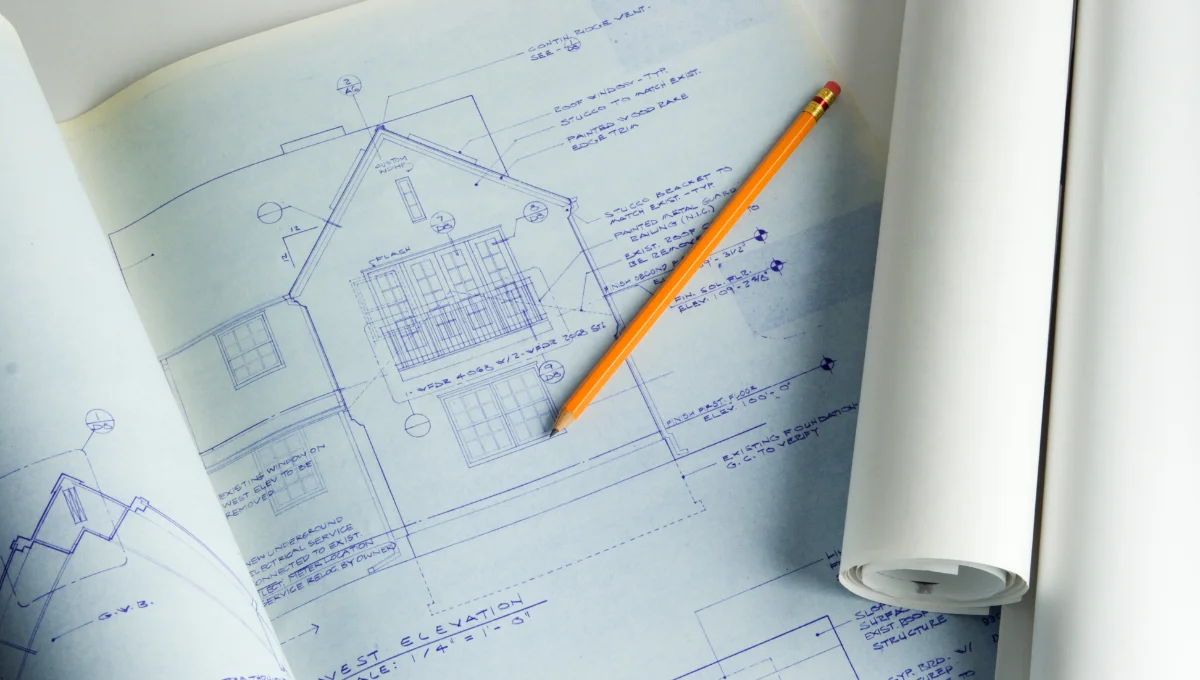The tender document is vital in construction bidding. It has the details, requirements, and conditions for the contractors to follow. It also has the conditions for them to submit their bids.
This blog post will explore the purpose, contents, and how to prepare tender documents. They are for construction projects. Read till the end to know everything about the tender document for construction.
What is a tender document for Construction?
Contractors can place bids on a project using the details given in a tender document. It contains all the needed information. It asks for bids from contractors. It explains what is needed, the specs, and the project’s size.
Purpose of Tender Documents
- A tender document ensures all bidders understand the expectations. It enables accurate and fair proposals.
- It helps project owners pick the best and cheapest contractors. Only capable and qualified bidders take part. This leads to successful project execution.
What should tender documents include?
- Project description and scope of work (includes project location, size, purpose, list of works to be performed by the contractor)
- The specifications include drawings. They have details about the materials, equipment, and methods for the project.
- Bidding instructions have requirements. They include the bid deadline and validity period. They also cover the specific bid format or content.
- Contract conditions and terms (outlines the legal and commercial terms that will govern the construction contract)
- Deadline for bid submission
- The criteria outline how to assess the bids. They also say how to select the winning contractor.
Construction tender document example

Here’s an example of a typical construction tender document structure:
1. Invitation to Tender (ITT)
This is an official invite. It’s sent to qualified contractors to submit a bid for the construction project.
It includes a project overview. It has the deadlines for submission. It also has the contact details and instructions for getting the tender documents.
2. Form of Tender
The contractor submitted a formal bid proposal. It is where they should fill in the bid price, their details, and agreement to terms. They should also acknowledge the project requirements.
3. Project Information
- Project description
- Site information
- Scope of work
- The drawings, specifications, and other needed details are for bidding and project accuracy. They help with project execution.
4. Contract Conditions
i) General Conditions
The conditions cover the clause on how to administer the contract. They also cover payment terms, obligations of parties, resolving disputes, and ending the contract.
ii) Special Conditions
It specifies any additional or unique terms and conditions that apply to this particular project. It may include site-specific requirements. These are variations to general conditions. It also includes particular clauses. These are related to project-specific risks or constraints.
5. Bidding Instructions
This document covers the following informations:
- Submission format
- Bid submission requirements
- Bid validity period
- Bid security requirements
- Evaluation criteria and procedures for submitting questions and receiving clarifications.
Components of Tender Documents
Invitation to Tender ITT
This is a formal invitation. It is for qualified contractors. They should submit a sealed bid for the construction project.
It has a project overview. It lists the submission deadline, contact details, and how to get the tender documents.
Instructions to tenderers (ITT)
The ITT should include the following key information:
- Eligibility criteria
- Instructions on how to prepare and submit the tender
- Information required
- Tender submission format
- Selection criteria
Tender Submission Form
The Tender Submission Form is a document the contractor must complete and submit with their bid. It includes the contractor’s name, address, and bid amount.
Key Information in the Form of Tender
The Form of Tender should include the following key information:
- Contractor’s name and contact information
- Total bid amount
- Acknowledgment of any addenda or amendments to the tender documents
- Signature of an authorized representative of the contractor
Project Information
The project information section has details about the construction project. It includes the project description, site details, and the scope of work.
- The Project Description clearly outlines the construction project. It includes the project’s purpose, size, and location.
- Site Information details the project site. It includes the site’s location and how to get to it. It also covers any existing structures or infrastructure.
- Scope of Work lists the contractor’s work, including any special requirements or limits.
Contract Conditions
The contract conditions section outlines the terms. They will govern the construction contract. It covers general terms and any specific terms unique to the project.
- The general terms section will have the usual rules. They apply to all construction contracts. They cover how payments are made, insurance needs, and how to handle disagreements.
- The specific terms section will have extra rules just for this project. These rules cover access to the site, environmental guidelines, and safety.
Bidding Instructions
The bidding instructions section guides you through preparing and submitting the bid. It includes bid submission rules. Also, the bid’s validity period and its security requirements.
- The bid submission requirements should describe the format and content of the bid and list any required forms or documents.
- The bid validity period specifies the length of time the contractor’s bid is valid. The project owner can accept it.
- The bid security requirements specify the financial guarantees or bonds. The contractor must provide them as part of their bid. They include a bid bond or performance bond.
How to Prepare Tender Documents for Construction?
Preparing tender documents for construction projects involves the following steps:
Step 1: Define Project Scope and Requirements
Step 2: Prepare technical specifications and drawings.
Step 3: Develop Contract Conditions and Terms
Step 4: Prepare bidding instructions and requirements.
Step 5: Compile the Tender Document Package.
Conclusion
Tender documents are essential for the successful bidding and execution of construction projects. By making thorough tender documents, project owners can streamline bidding. This also increases the chance of project success.
FAQs
What are the documents for tendering a contract?
The key documents for bidding on a construction contract document include the Invitation to Tender (ITT). They also include the Form of Tender. They also include the project information, contract conditions, and bidding instructions.
How many types of tender documents are there?
There are many tender documents. The type depends on the project and the method used to procure. Most construction project tenders include the mentioned components.
What is the purpose of a tender document?
A tender document aims to ensure fairness and transparency in construction project bidding.

